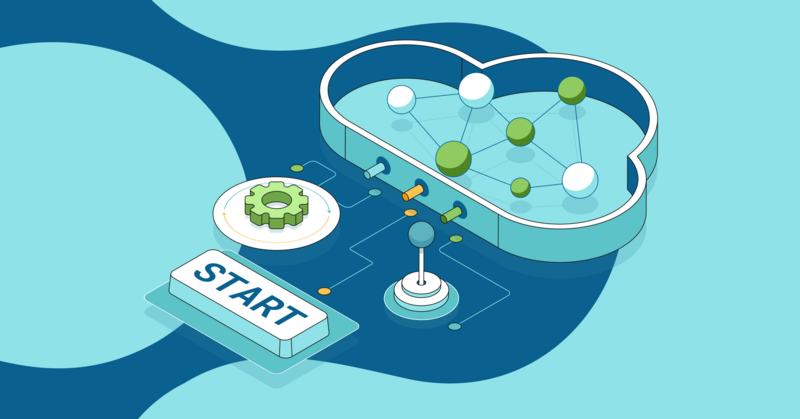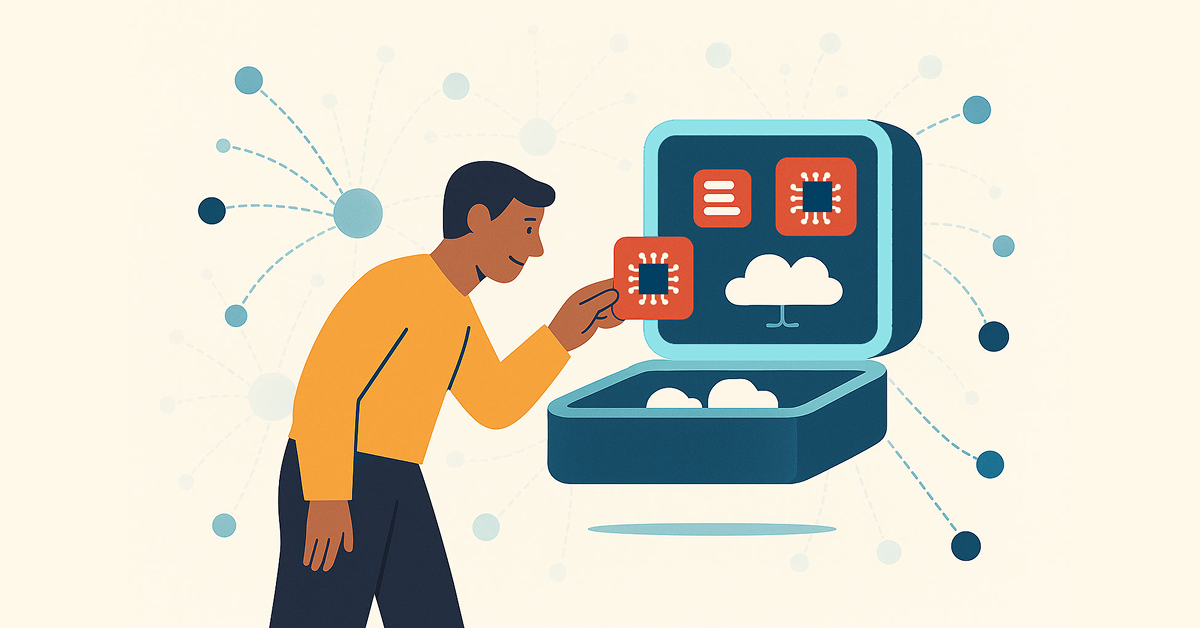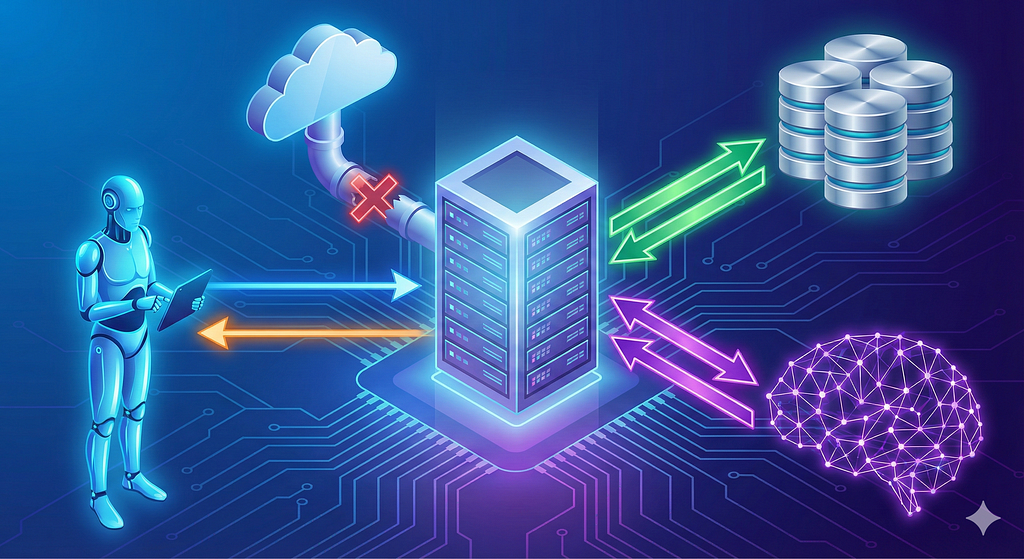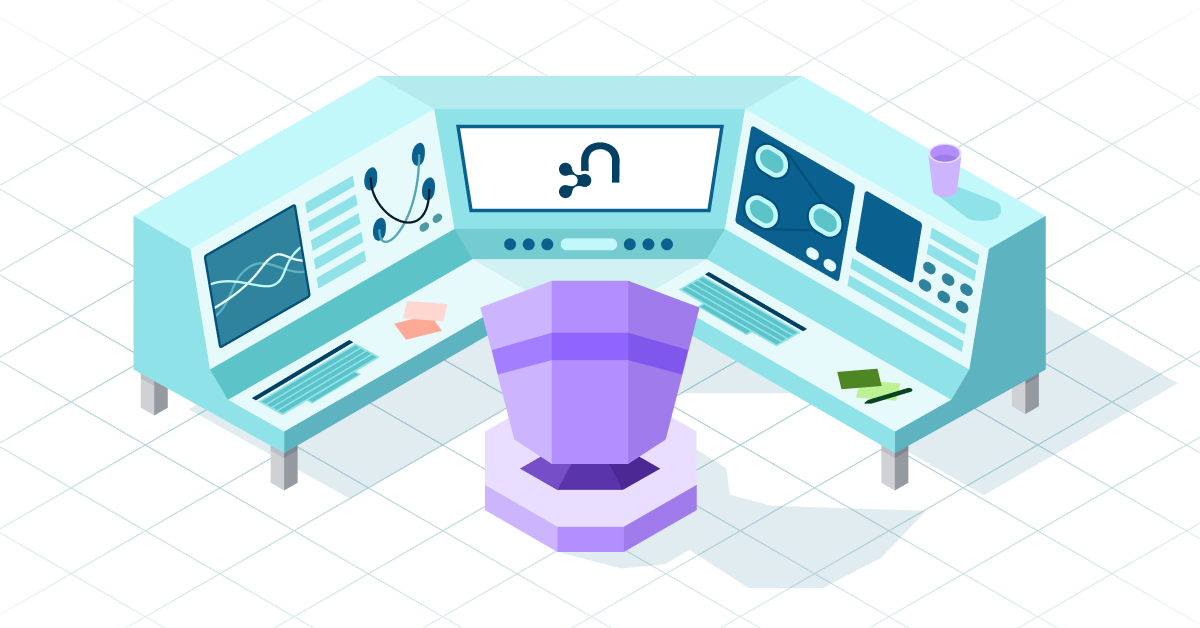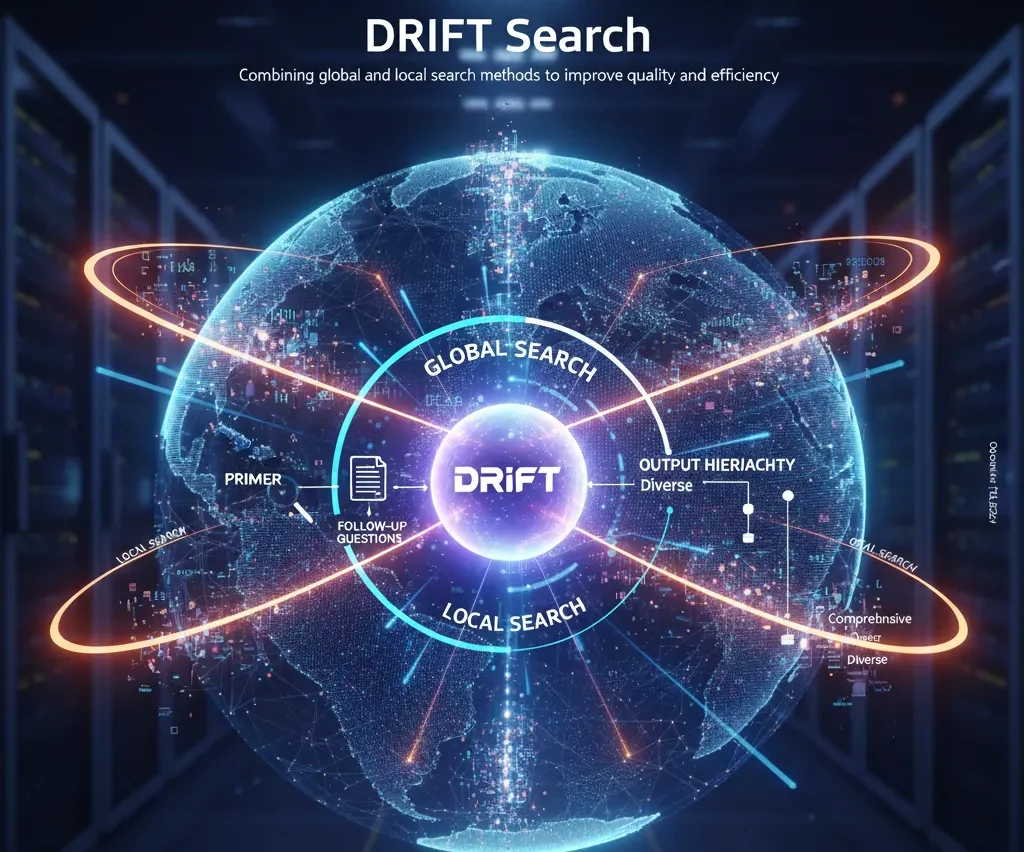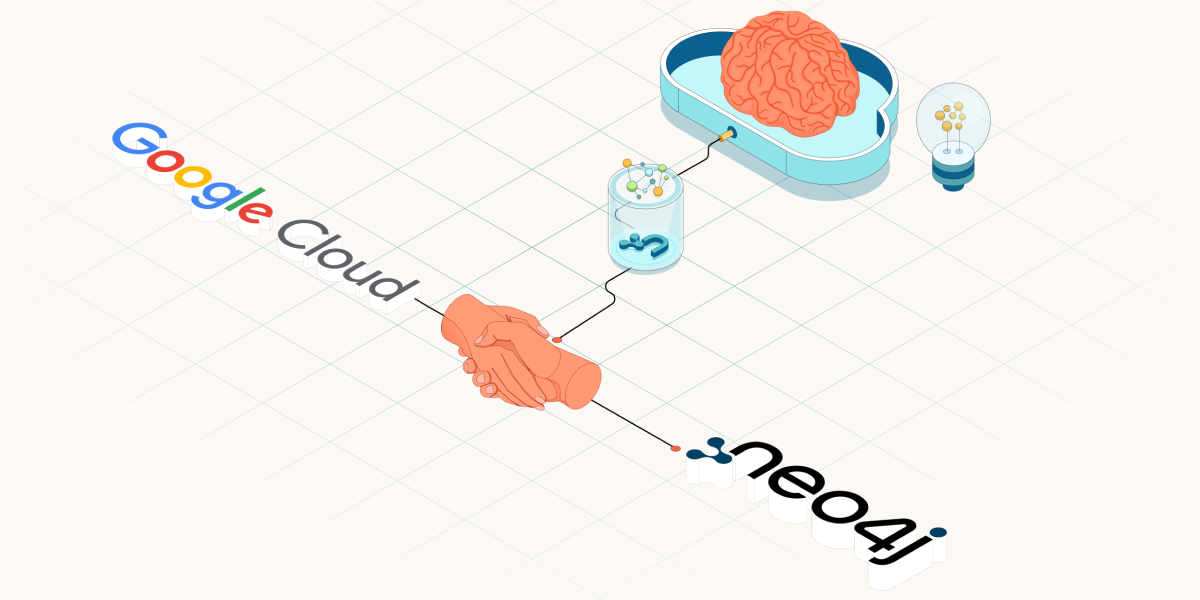#GraphCast: Digital Twin: The Impact of the Graph Data Platform and Artificial Intelligence

Managing Editor, Neo4j
1 min read
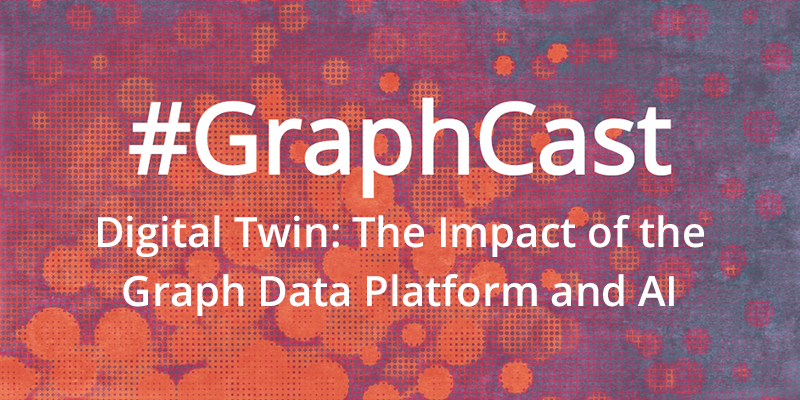
Welcome to this week’s #GraphCast – our series featuring what you might have missed in Neo4j media from the past fortnight.
Last time, our Senior Manager for Content, Jocelyn Hoppa, shared a groundbreaking demonstration from NODES 2021, which was huge – like, trillion relationships huge.

This week, I’ve got a cool session from one of our recent webinars on the marriage of graph data platforms, artificial intelligence, and digital twins. (Cut to me finding out what a digital twin is, which is exactly what it sounds like – a virtual model of a system or object.)
This talk is hosted by Neo4j Chief Scientist Dr. Jim Webber and features two VPs of the APAC region – Richard Jones from Dataiku and Nik Vora from Neo4j. The three discuss their experiences with digital twins. Pretty interesting!
Like this week’s #GraphCast?
Catch out more graph videos when you subscribe to the Neo4j YouTube channel, updated weekly with tons of graph tech goods.



